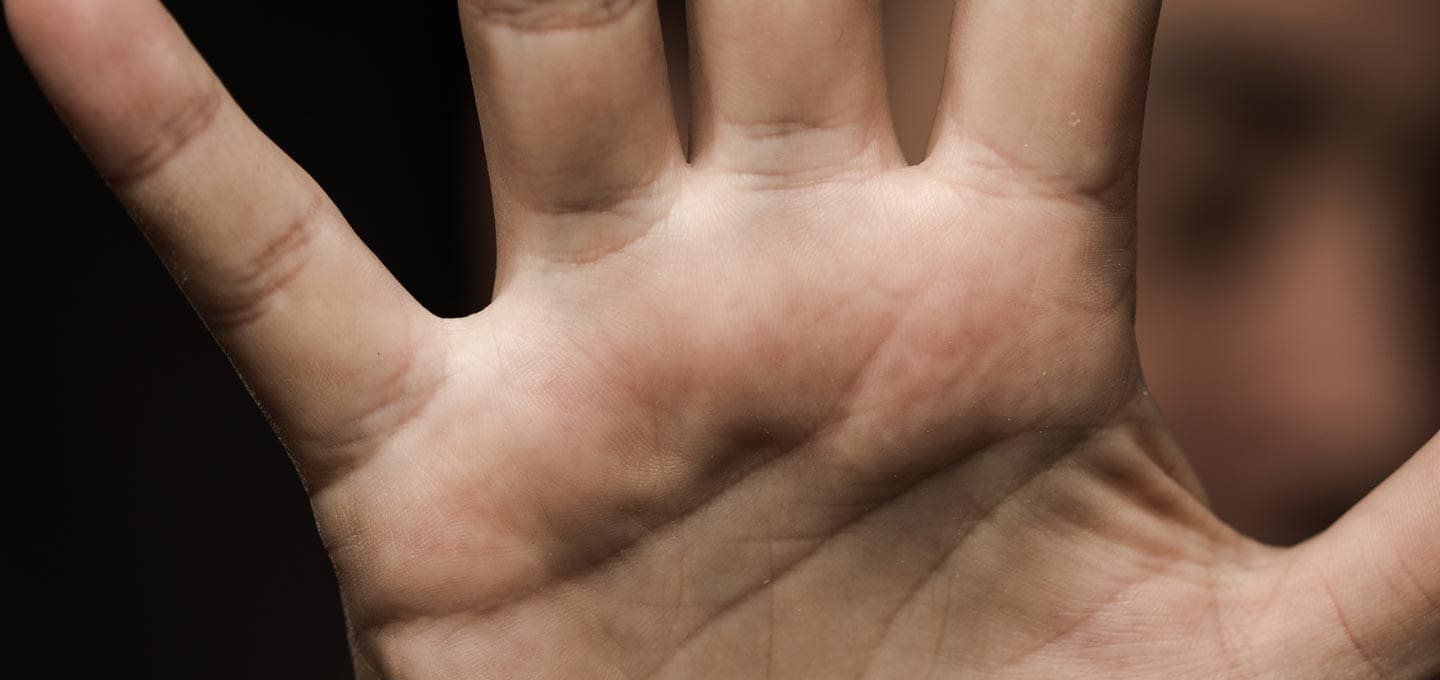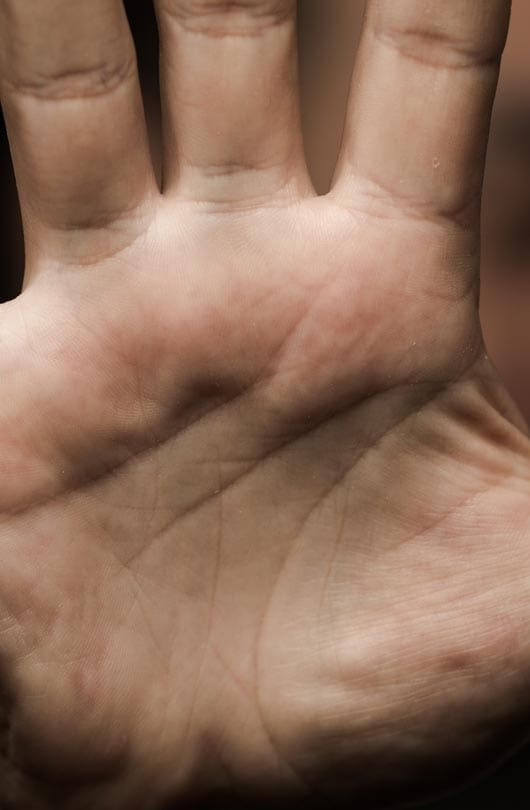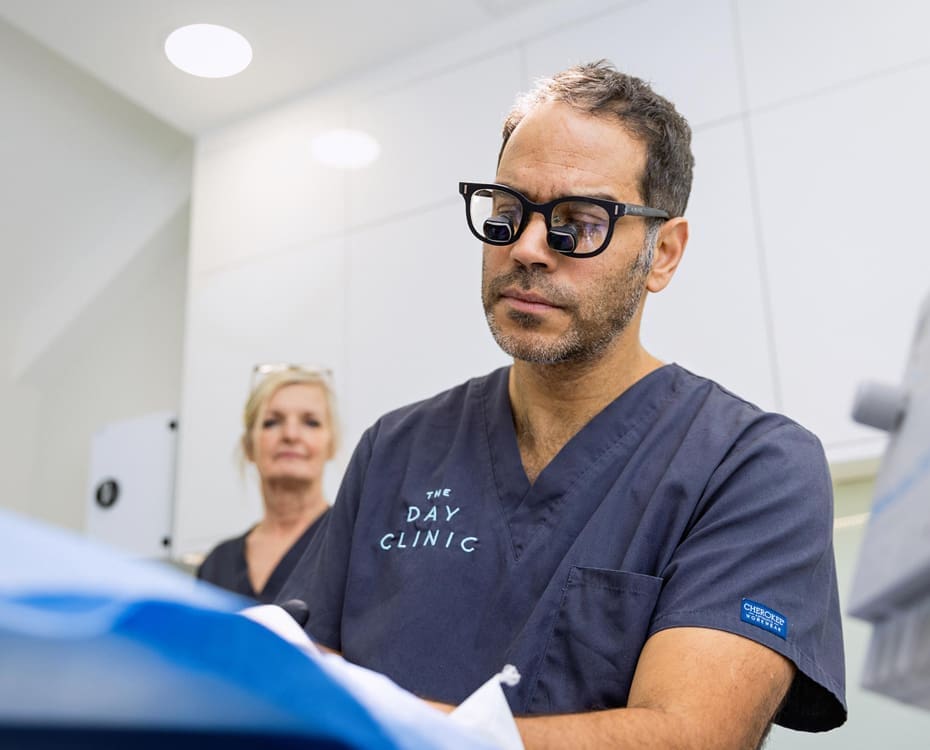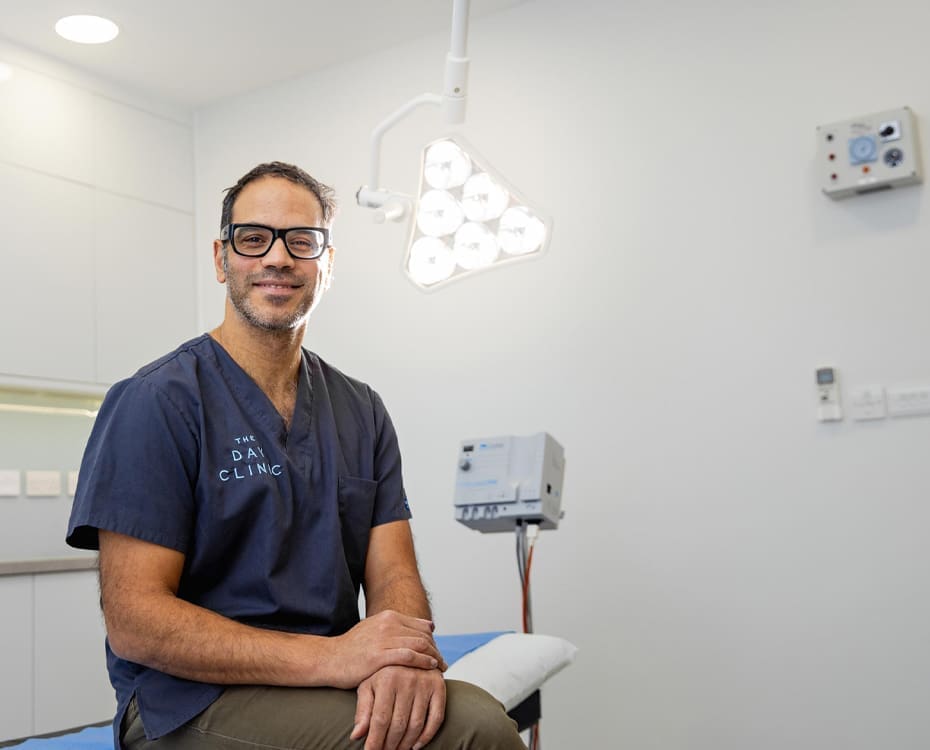This surgery involves the removal or release of the affected tissue, allowing for improved finger extension and function.
The primary goals of Dupuytren’s surgery include:
Restoring Finger Function: Individuals with Dupuytren’s contracture often experience difficulty extending their fingers, which can hinder daily activities. The surgery aims to release the contracted tissue, restoring normal finger movement and improving hand function.
Alleviating Pain and Discomfort: Many patients experience discomfort associated with the condition. By surgically addressing the underlying issue, the procedure can provide significant relief from pain and improve overall hand comfort.
Preventing Progression of the Condition: Without intervention, Dupuytren’s contracture can worsen over time, leading to more severe flexion of the fingers. Surgical treatment helps prevent further progression, ensuring better long-term hand health.
While Dupuytren’s surgery can lead to substantial improvements, it is important to understand that recovery may take time, and rehabilitation may be necessary to achieve optimal results. Ultimately, the procedure can greatly enhance the quality of life for those affected by Dupuytren’s contracture.






